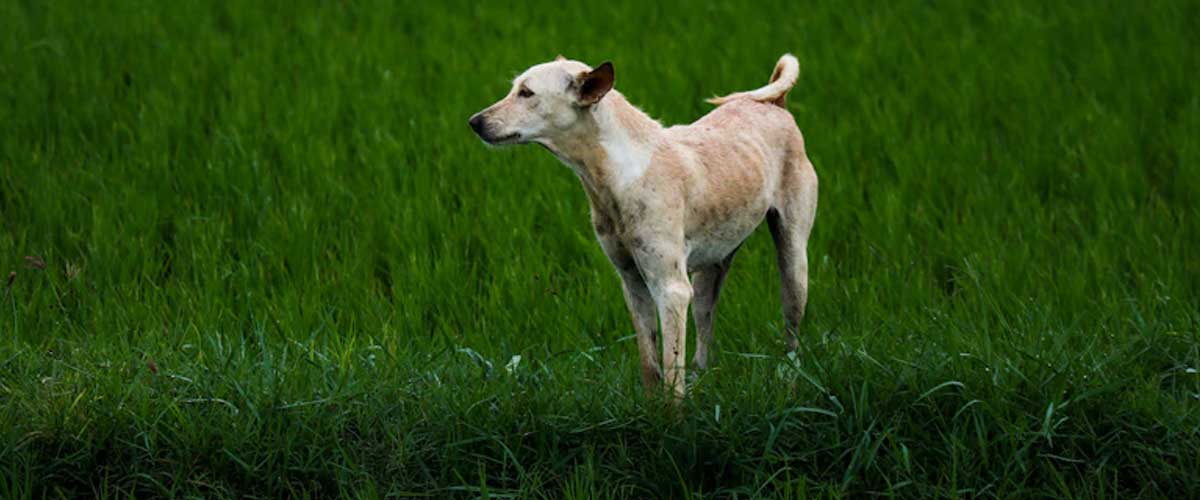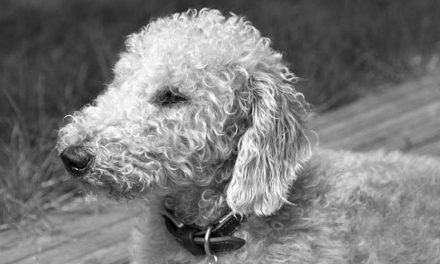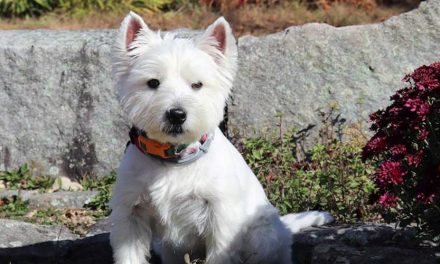The Himalayan Sheepdog, also known as the Bhote Kukur or the Tibetan Mastiff, is a remarkable breed renowned for its protective instincts and majestic presence.
Originating from the mountainous regions of Nepal, Tibet, and India, this breed has been an integral part of the local culture, serving primarily as a guardian for livestock and property.
History and Origins
The Himalayan Sheepdog traces its lineage back to ancient times, where it was bred by nomadic tribes in the Himalayas to protect their flocks from predators like wolves and leopards.
The harsh conditions of the mountainous terrain helped shape the breed into a robust and resilient dog, well-adapted to endure extreme weather and rugged landscapes.
These dogs have been integral to the survival of herding communities, offering protection and companionship for centuries.
Physical Characteristics
Himalayan Sheepdogs are large and powerful dogs, with males typically weighing between 90 to 150 pounds, while females usually weigh slightly less.
They have a thick double coat that protects them from cold temperatures, ranging from black and tan to brown and cream.
Their large, sturdy build is complemented by a broad head, strong neck, and muscular body, making them impressive to behold.
Temperament and Behavior
Known for their loyalty and protective instincts, Himalayan Sheepdogs are naturally wary of strangers, making them excellent watchdogs.
They form strong bonds with their families and can be gentle and affectionate with children.
However, their protective nature requires proper socialization from an early age.
This breed is intelligent and independent, which can sometimes lead to stubbornness; consistent training and positive reinforcement are essential to ensure they develop into well-mannered companions.
Care and Maintenance
Caring for a Himalayan Sheepdog requires a commitment to regular grooming due to their dense coat, which can mat if not properly maintained.
Brushing several times a week is recommended, with more frequent grooming during shedding seasons.
Additionally, exercise is vital for their physical and mental well-being.
Daily walks and opportunities to roam freely in a secure environment are necessary to keep them healthy and happy.
Health Considerations
While generally a healthy breed, Himalayan Sheepdogs can be prone to certain health issues, such as hip dysplasia and eye problems.
Regular veterinary check-ups, a balanced diet, and maintaining a healthy weight are essential for preventing these concerns and ensuring a long, healthy life.
Conclusion
The Himalayan Sheepdog is a breed steeped in history, known for its size, strength, and unwavering loyalty.
They thrive in environments where they can perform their natural guarding roles while being part of an active family.
Those considering adding a Himalayan Sheepdog to their lives should be prepared for a devoted companion that requires space, exercise, and consistent training.
With the right environment and care, the Himalayan Sheepdog can be a magnificent addition to any home, embodying the spirit of the rugged mountains they hail from.












